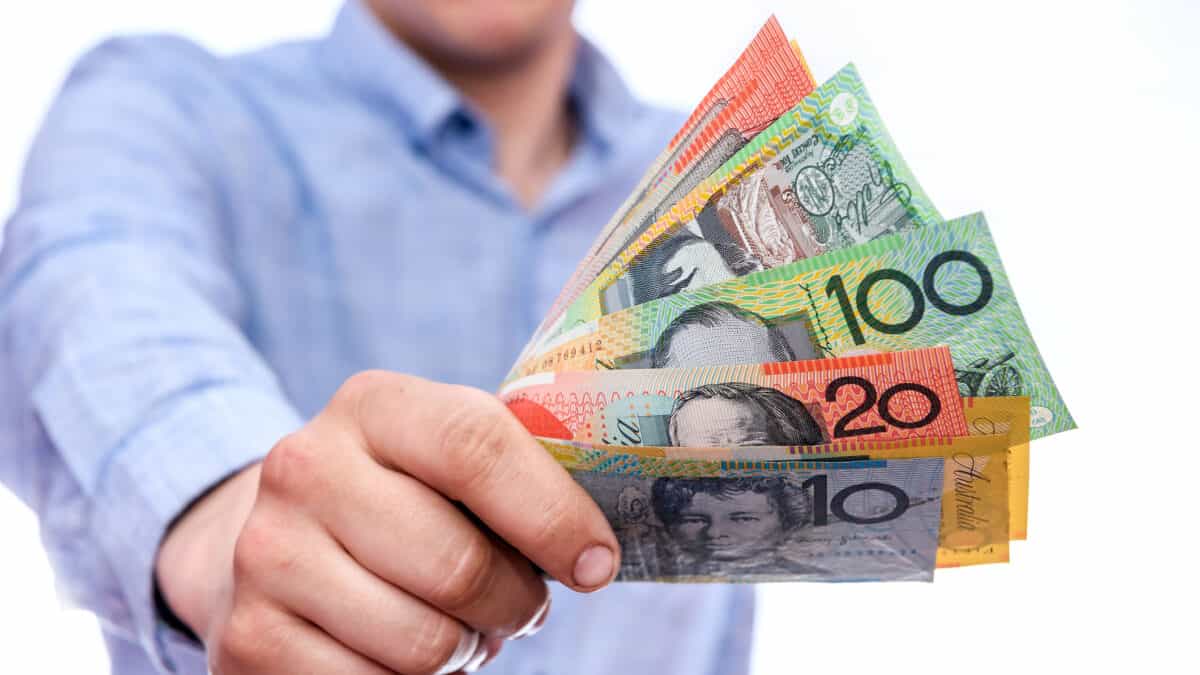We're now into the second week of the 2025 financial year for ASX shares, and it's been a fairly decent start to FY25 for the stock market and most ASX shares. Since the end of FY24, the All Ordinaries Index (ASX: XAO) has risen by around 0.3%.
But given that we're still very much in the transition zone from FY24 to FY25, it's still a good time to look back and check out some of the best, worst, and most interesting shares of FY24. So, with that in mind, today, we'll be doing the latter and looking at the ASX's highest-yielding dividend shares over the financial year just gone.
For simplicity's sake, we'll stick to the All Ords shares with market capitalisations above $1 billion. So, without further ado, here are the five highest-yielding ASX dividend shares of FY24.
The five highest-yielding ASX dividend shares of FY24
Our first ASX dividend share worth discussing is the real estate investment trust (REIT) Charter Hall Long WALE REIT (ASX: CLW). This REIT specialises in holding property assets with long weighted average lease expiries (WALEs).
Long WALE REIT units doled out four quarterly dividend distributions over FY24, which were all worth an unfranked 6.5 cents per share. At the closing FY24 unit price of $3.25, this REIT had a trailing yield of 8%.
Next up we have the financial services company Insignia Financial Ltd (ASX: IFL). Insignia shares paid out a total of 18.6 cents per share in unfranked dividends over the past 12 months.
At the end of FY24, Insignia shares were worth $2.29 each. At this pricing, the company was on a trailing dividend yield of 8.12%.
Then we have the famous ASX iron ore stock Fortescue Ltd (ASX: FMG). Andrew Forrest's iron ore giant once again brought home the dividend bacon in FY24. The company dispensed a final dividend of $1 per share last September, followed by an interim dividend of $1.08 back in March. Both of these payments came fully franked.
These two dividends resulted in Fortescue shares exiting FY24 at a dividend yield of 9.72% as of 28 June's closing price of $21.41.
Next up is ASX coal stock Yancoal Australia Ltd (ASX: YAL). Over the past 12 months, Yancoal delighted its investors with two large and fully franked dividend payments. The company's September interim dividend was worth 37 cents per share, while the final dividend from April came in at 32.5 cents per share.
Put together, those two dividends gave Yancoal shares a trailing dividend yield of 10.5% at FY24's closing share price of $6.62.
Our final ASX dividend share is listed investment company (LIC) WAM Capital Ltd (ASX: WAM).
As it has been doing for more than five years now, WAM doled out an annual total of 15.5 cents per share in fully franked dividends over the past 12 months. At WAM Capital's last share price of $1.43 in FY24, this LIC had a trailing yield of 10.84%.
Are these high-yield ASX dividend shares worth buying?
So, we've established that these five ASX dividend shares paid out huge sums of dividend income over FY24. But does this mean they are automatically good buys for FY25 and beyond?
Well, no, in a word. Just because an ASX dividend share trades on a high dividend yield doesn't mean it's a good buy.
Remember, a share's dividend yield reflects the past, not the future. And no share is under any obligation to pay out the same level of dividends it funded over one year in another.
It could even be argued that a high dividend yield is a red flag that requires additional homework to be done on our part to ensure that we're not making an investing mistake.
Everyone loves a dividend on the ASX. So when the market allows a share to trade with a high dividend yield, it usually indicates that the markets don't view the previous level of income the company provided as sustainable going forward.
Otherwise, investors of all stripes would rush to lock in that 7%, 9% or 10% yield and push up the price of the shares (thus lowering the dividend yield).
Looking at the shares above, we can see that they are not ideal candidates for dividend stability. Yancoal and Fortescue, for example, are mining companies whose profits are highly dependent on the prices of the commodities they mine. If coal or iron ore prices collapse, dividends from these companies will probably dry up quickly.
Spotting a dividend trap
The Charter Hall Long WALE REIT doesn't have this problem of course. Its dividend distributions have been remarkably stable in recent years. However, REITs are highly influenced by interest rates. And the current uncertainty over what the Reserve Bank of Australia RBA) will do next when it comes to rates is probably keeping some investors away from this dividend stock right now.
Insignia Financial is arguably more of a case of a classic dividend trap. This company's shares, and dividends, have been on a downward trajectory for years. Sure, there's a chance this company can turn things around. But the market clearly isn't betting it will do so. Hence the high yield currently on display.
It might be a similar story for WAM Capital. This company's shares have also been in a downward spiral for years – investors have taken a 32% hit since this time in 2019. WAM Capital currently doesn't even have enough cash to cover its dividend for the next 12 months, so it's clear what the market is pricing in on this one as well.
Foolish takeaway
When investigating a high-yield ASX dividend share, it's important to delve deeper into understanding why the market is offering such a high dividend yield.
The market rarely makes mistakes with these things, so unless you're absolutely sure you know something that other investors don't, it's worth exercising high vigilance if you're considering a buy.









